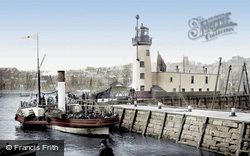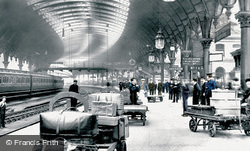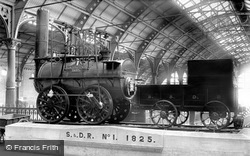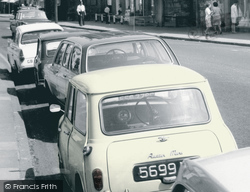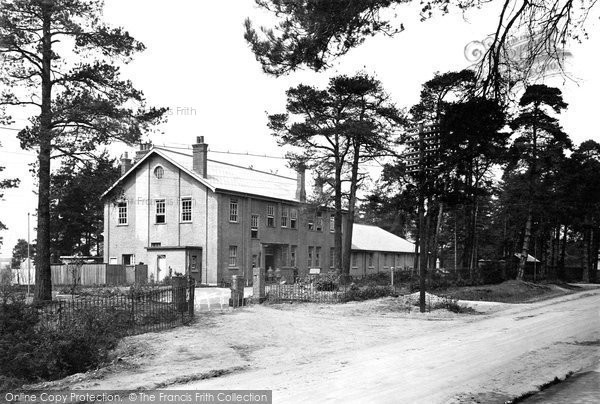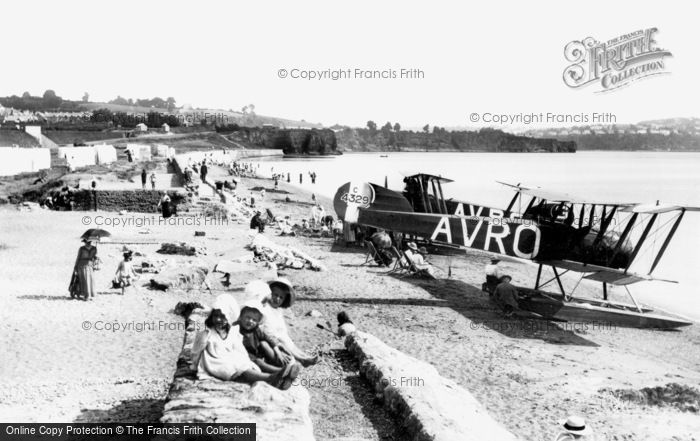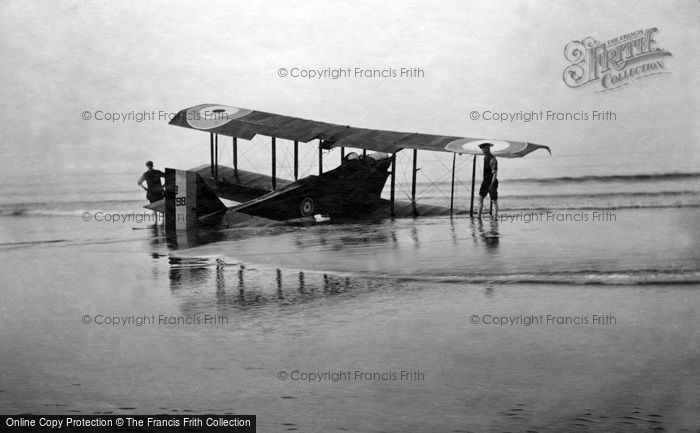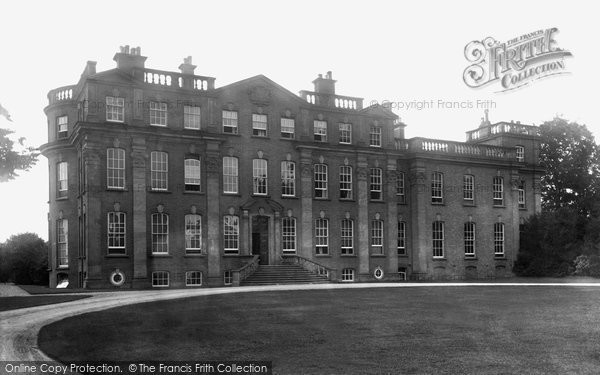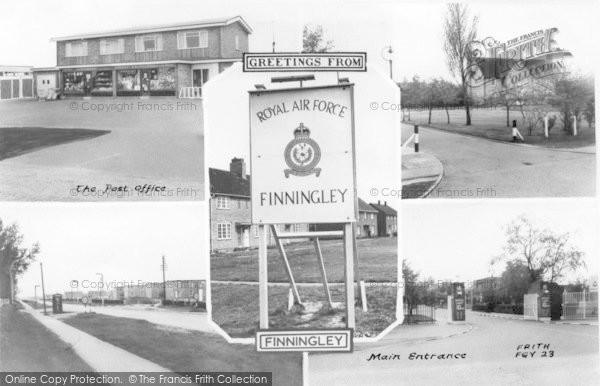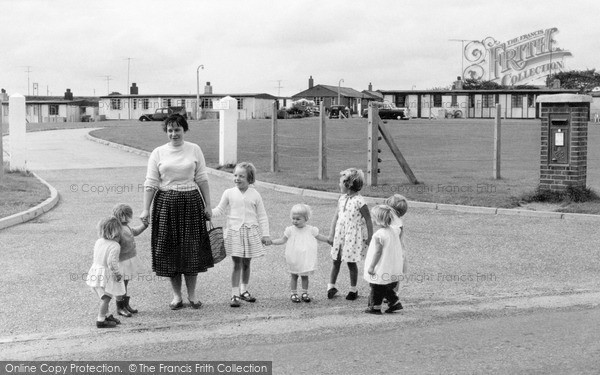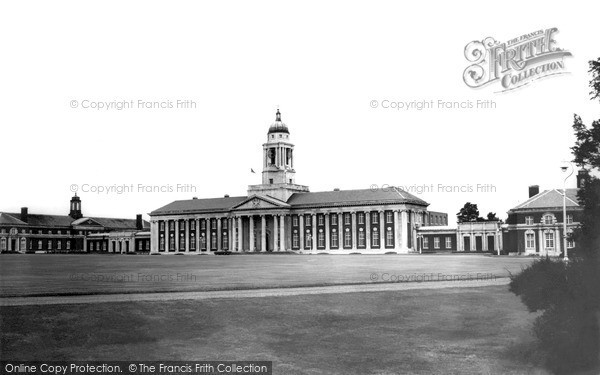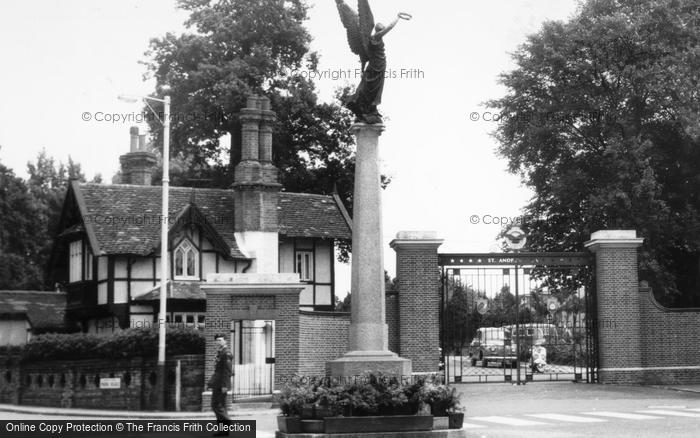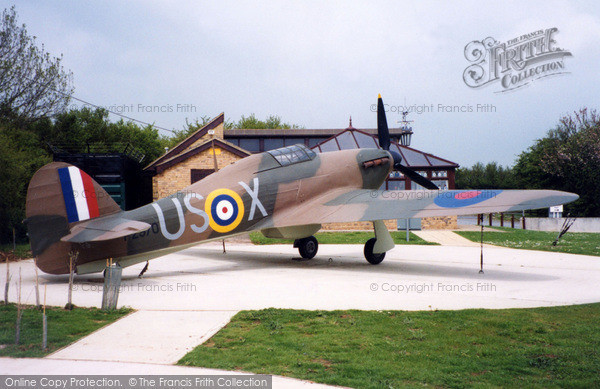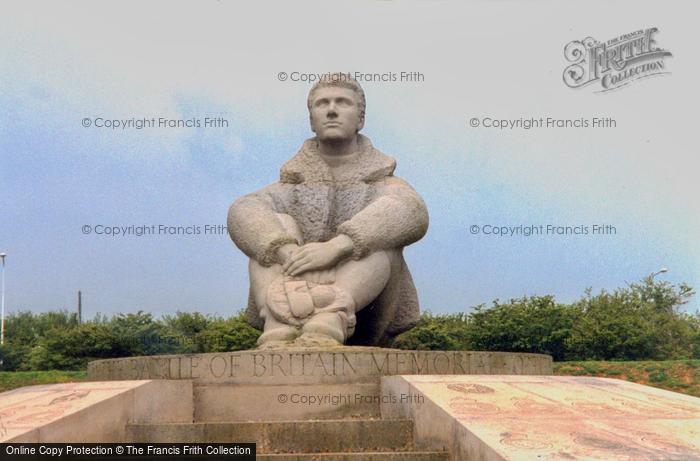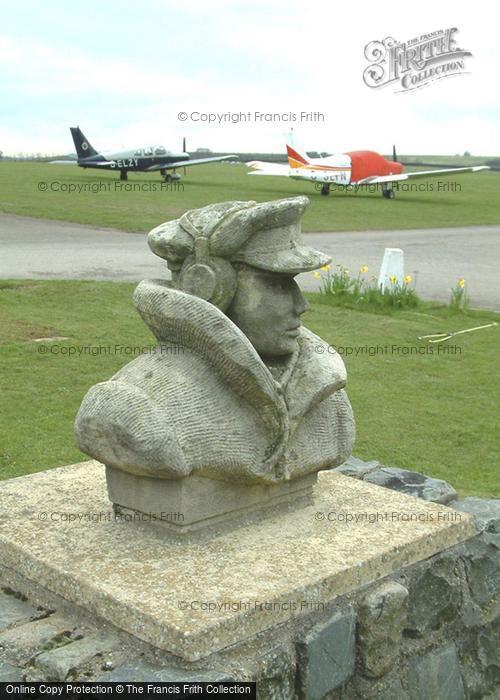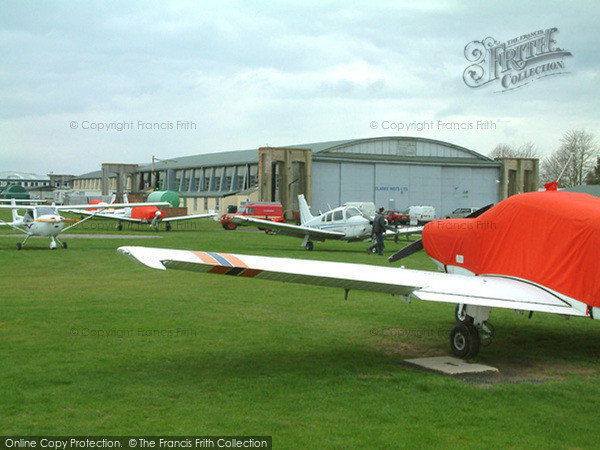Merry Christmas & Happy New Year!
Christmas Deliveries: If you placed an order on or before midday on Friday 19th December for Christmas delivery it was despatched before the Royal Mail or Parcel Force deadline and therefore should be received in time for Christmas. Orders placed after midday on Friday 19th December will be delivered in the New Year.
Please Note: Our offices and factory are now closed until Monday 5th January when we will be pleased to deal with any queries that have arisen during the holiday period.
During the holiday our Gift Cards may still be ordered for any last minute orders and will be sent automatically by email direct to your recipient - see here: Gift Cards
Search the Archive
Explore all the places you remember!
Subscribe
Join the thousands who receive our regular doses of warming nostalgia! Have our latest blog posts and archive news delivered directly to your inbox. Absolutely free. Unsubscribe anytime.
Say Hello!
How to keep in touch with us.100 Years of the RAF
Published on April 6th, 2018
This month marks the centenary of The Royal Air Force. We are proud to share this selection of photographs from The Francis Frith Collection that feature RAF aircraft, personnel and families, and buildings. We hope you enjoy seeing them today.
"I joined up for National Service in July 1954 and after trade training at RAF Yatesbury, I was posted to RAF Buntingsdale Hall - HQ 22 Group Comm Flight - in June 1955 as an Air Wireless Fitter - Junior Technician - and remained there until I was demobbed on July 21st 1956. Each morning we were driven from the Hall to RAF Ternhill - by a civilian driver 'Busty' - where the Comm Flight airmen looked after six Avro Ansons, two Percival Prentices and one De Haviland Chipmunk. I often drive through Market Drayton - to Buntingsdale Hall - but sadly the old billets and the Guard Room have gone and the Hall has been returned to private ownership - there is no vehicular way through to RAF Ternhill - via the lake road -which is now closed although it remains a stand-by airstrip for RAF Shawbury's helicopters."
Our thanks go to Barry Rose who shared this memory on the website."
"I lived in these quarters in Fraser Crescent (No 4) in 1969/70 while stationed at RAF Neatishead. The prefabs were fully furnished and officially classed as sub standard accommodation and as such the rent was 2 a week which included a lorry coming each week to provide clean bed sheets. The RAF station was closed and the prefabs were just used as married quarters for RAF Coltishall and Neatishead.
As there were just 16 prefabs it was a close-knit community which has provided many fond memories and lasting friendship. As my wife was a receptionist at the local surgery we moved to a flat in the old surgery for a further 3 years when we were told that the prefabs were going to close which they were in 1971."
With our thanks to Peter Loake for sharing this memory on the website."
Photo:
Mundesley, R.A.F. Quarters c.1960.
Memory:
Fraser Crescent
Photo: Old Sarum, Flying Club 2004.
Subscribe
Join the thousands who receive our regular doses of warming nostalgia! Have our latest blog posts and archive news delivered directly to your inbox. Absolutely free. Unsubscribe anytime.



